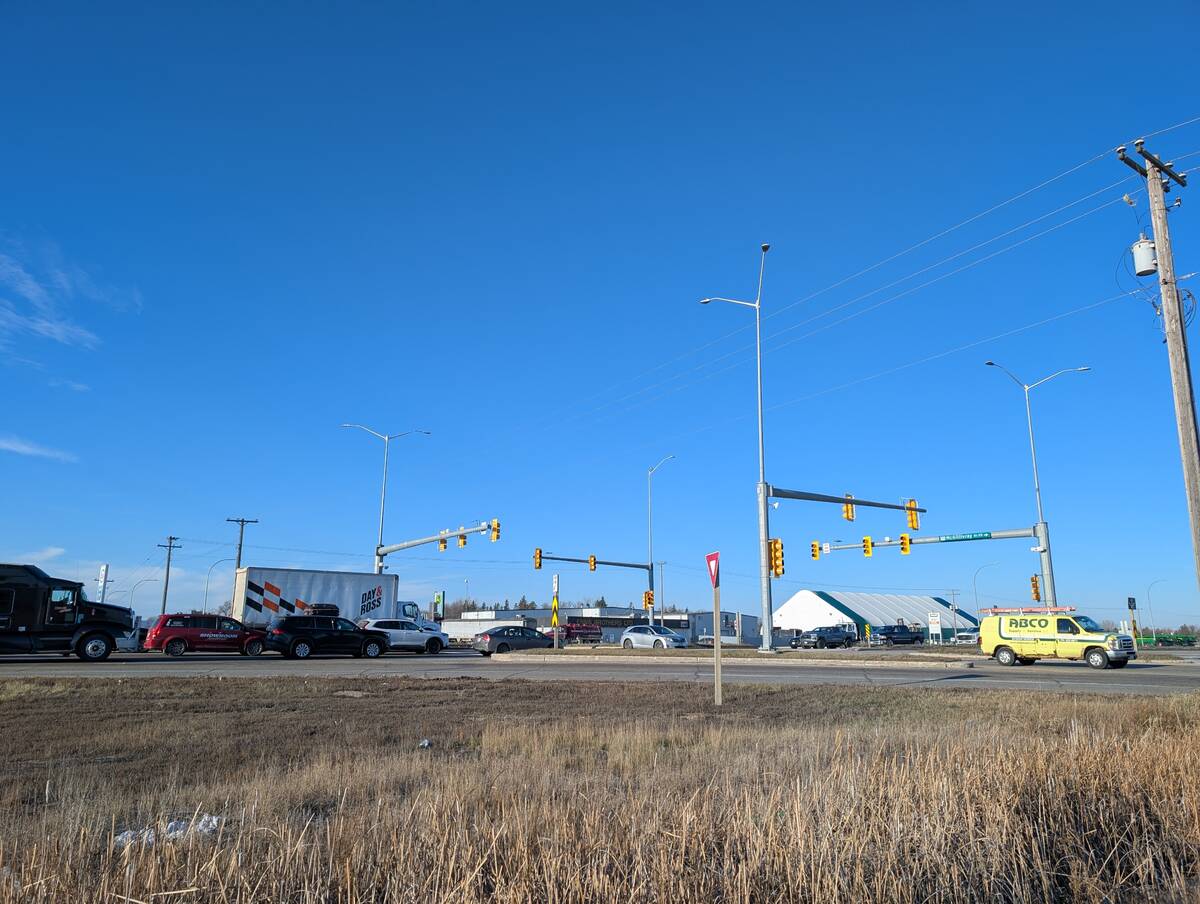If plant breeders are going to develop the next AAC Brandon, they need the resources to do it, says Todd Hyra, SeCan’s business manager for Western Canada.
Last fall consultations led by the federal government on two new options — trailing and end point royalties — met with some stiff push-back from farmers.
Both options are designed to get additional money from farmers to help fund more public and private cereal breeding. While farmers want better varieties, many expressed concerns about forking over money to private companies without having any say on how their money will be used.
Some also fear if farmers invest more, the federal government, which currently dominates wheat breeding in Canada, will cut back.
Agriculture and Agri-Food Canada (AAFC) officials say that’s not the plan, but everyone knows government policy can change.
In fact, AAFC’s wheat breeders don’t have as many resources as they did when AAC Brandon was developed, Hyra said. For example, when AAFC’s Winnipeg Cereal Research Centre was closed in 2014, its land at Glenlea was sold.

“That would have been a key part in the selection of AAC Brandon,” Hyra said. “The nursery on the Regina Plains closed in the same time frame. Those are two key resources AAFC scientists once had that they don’t have anymore because of budget cuts. Quite often producers don’t see or feel that.”
Farmers can and do influence private and public breeders by what they buy, he added. If a seed company doesn’t invest and develop varieties farmers want to grow they will earn less, Hyra said.
A trailing royalty would see farmers pay a fee to breeders for seed they’ve produced, saved and seed to produce another crop. Farmers could no longer save seed for free.
Read Also

Manitoba farmers uneasy on expropriation
Farmland expropriation for Oak Bluff highway project brings process, farmer compensation concerns back to the fore.
An end point royalty would require farmers to pay a fee to breeders when they sell their cereal crops.
“There’s talk of other options, but there’s really only two — you either take it off the seed or you take it off the grain,” Hyra said. “The other pieces are then how do you get the money into those (variety development) programs. Having a system that continues to support the public programs is important. It’s important to SeCan. It’s important to farmers. Those are all pieces we’re working on to make sure that when royalties are collected we’re able to get it to those programs to make sure they are continuing to make those investments and keep those programs strong.”
The general farm organization in Manitoba, Saskatchewan and Alberta are surveying farmers on the issue.
With the winter ‘meeting season’ fast approaching, Hyra expects seed royalties will be on the agenda.















